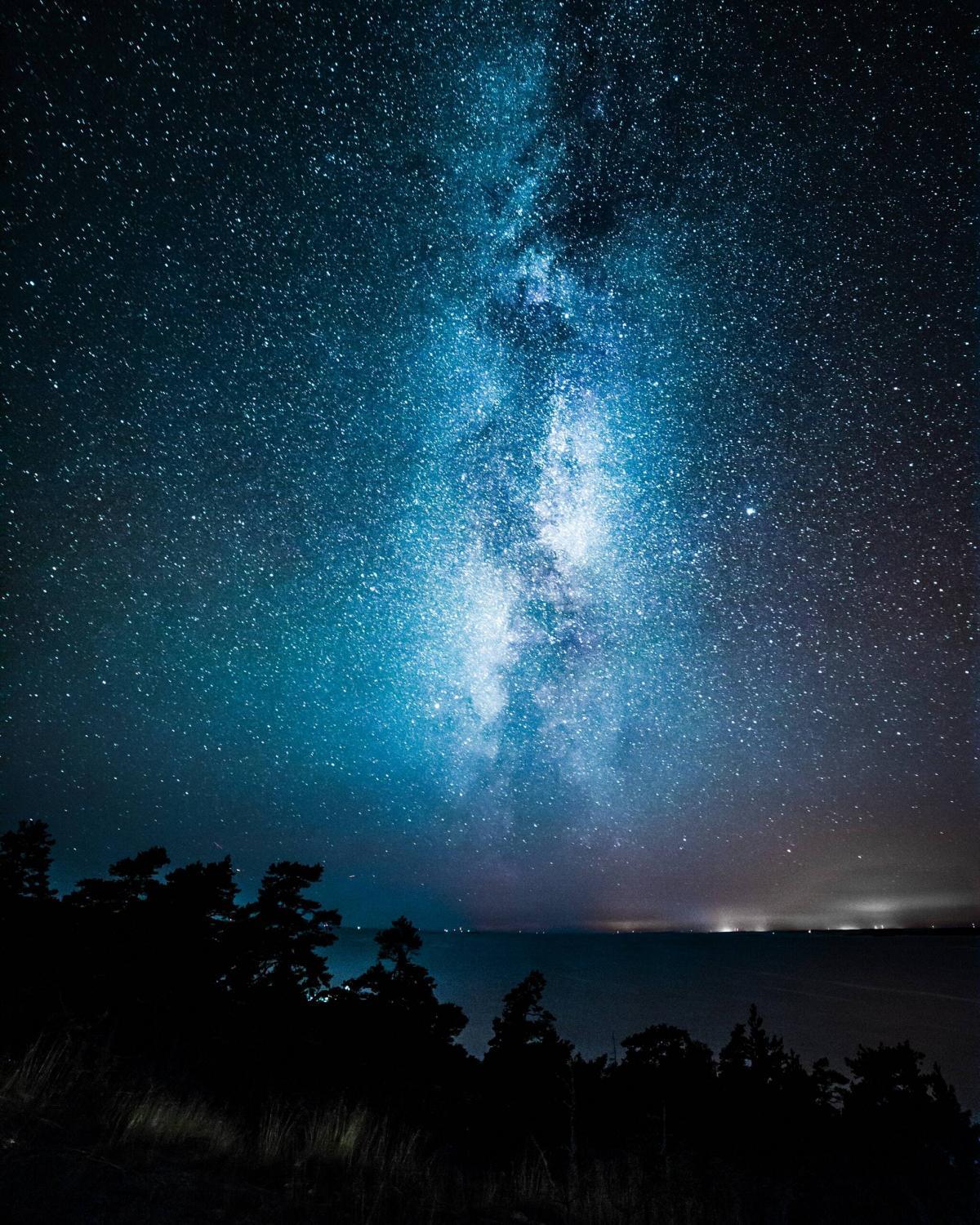Hierarchy and Beliefs of Ancient Hawaii
In ancient Hawaiian society there was a highly stratified hierarchy, where the mo’i, or king, was the highest authority in all areas. Just below the mo’i were the ali’i, who held the highest chiefly rank. It’s important to understand that this hierarchy was absolute, and the only way to achieve an elevated status within the society was to be born into it. The rest of the social ladder also consisted of positions that people were born into. The common people, or maka’ainana, were the laborers and workers, then the lowest rung was designated for the outcasts, or the kauwa.
The indigenous religion of Hawaii is steeped in traditions that descend from the Tahitians and other Pacific Islanders. The approach to spirituality is polytheistic and animistic, which means they not only believe in multiple gods, but that non-human beings, such as other animals, the surf, and even the sky have spirits. Altogether there are over 500 ghosts, spirits, and minor deities—then of course there are the gods that make up the main pantheon. Lastly, each family is believed to have at least one guardian spirit, or ‘aumakua, who shields them from harm.
The Legend of the Night Marchers

Within the mythos of Hawaii, the Night Marchers, or huaka’i pō, are murderous shades, demons, and revenants that haunt the islands. These undead spirits are the fighters, heroes, and warriors of ancient Hawaii who are well-known throughout the Hawaiian archipelago. It is also known that these dangerous spirits, in life, were the traveling guards of the highest-ranking chiefs (or ali’i) who were said to be so sacred that no mortal man or woman was allowed to look at them. In Hawaiian society, the ali’i believed that they were imbued with power, or mana—a sort of spiritual energy of power and strength—that they needed to safeguard. The decisions they made directly impacted the amount of mana they possessed and one way to lose this mana was to let their shadow touch someone of a lower status. So, if these ali’i came across a commoner and their shadow touched them, they would have to kill the offending party to recover the mana they had lost.
This was problematic because the ali’i needed to be able to move from one sacred site to the next to perform their chiefly duties. Thus the procession would be announced through the fierce beating of drums and conch shell calls. Since it wasn’t the job of the Night Marchers to terrorize people, but instead to protect the most sacred, high-ranking chiefs, these processions were held at night. They even went so far as to hold these processions at the nights preceding the new moon in order to lessen the likelihood of their shadow casting upon someone of a lower status.
Unnatural Encounters
You may be wondering what an ancient Hawaiian procession has to do with a casual trip to the islands. Well, the sightings and encounters with the Night Marchers are still happening to this day! They appear first as a line of torches off in the distance, typically marching down the mountainside. As the torches get closer, you’ll hear the drumming and a conch shell resounding in the air. Those who have survived their encounters talk about how they see warriors gilded from head to toe in their traditional regalia.
While it might seem as simple as hiding inside, that has been reported to not necessarily deter them—as it is said that structures that have one door facing the mountains and another door facing the ocean act as vortexes, or pathways for the spirits. Regardless, it is advised never to interrupt their procession, lest you meet their deadly glance.
So, beware the Night Marchers. If you see them, it might already be too late!
How to Survive the Night Marchers
Any commoner who knew the rules knew to hide indoors when they heard the sound of the conch shell being blown, or the intense beats of the drums which announced the procession—and they would do this for their own protection. Our recommendation is that you heed the warning of those who came before you—if you hear the beats of the drums or the bellow of the conch shell, you’ll want to be as far from the Night Marchers as possible. Otherwise, you may find yourself in grave danger.
If you are seen by the Night Marchers, the best thing you can do is remain quiet, with your eyes averted to show them the respect they deserve. If you’re lucky enough to have an ancestor in the procession, then you will likely be spared, for your ancestor will claim you as one of theirs and you will not be harmed. The rest of us will have to suffice with embracing our own humility, stripping down naked, and soiling ourselves. It may sound like a joke, but they would take it as a sign that you are either incredibly pathetic (then take pity upon you), or that you’re mentally disturbed and don’t know any better.
If you somehow find yourself in a situation where the Night Marchers have seen you despite all previous warnings, follow our advice, and good luck!
Sources
https://olukai.com/blogs/news/legends-hawaiis-night-marchers
https://laghosttour.com/the-nightmarchers-of-hawaii/
https://www.pbshawaii.org/the-legend-of-the-night-marchers
http://www.hawaiihistory.org/
https://atlantisadventures.com/hawaiian-legends-the-night-marchers/
https://www.honolulumagazine.com/friday-night-frights-the-legend-of-hawaiis-night-marchers/

Georgia-based author and artist, Mary has been a horror aficionado since the mid-2000s. Originally a hobby artist and writer, she found her niche in the horror industry in late 2019 and hasn’t looked back since. Mary’s evolution into a horror expert allowed her to express herself truly for the first time in her life. Now, she prides herself on indulging in the stuff of nightmares.
Mary also moonlights as a content creator across multiple social media platforms—breaking down horror tropes on YouTube, as well as playing horror games and broadcasting live digital art sessions on Twitch.


